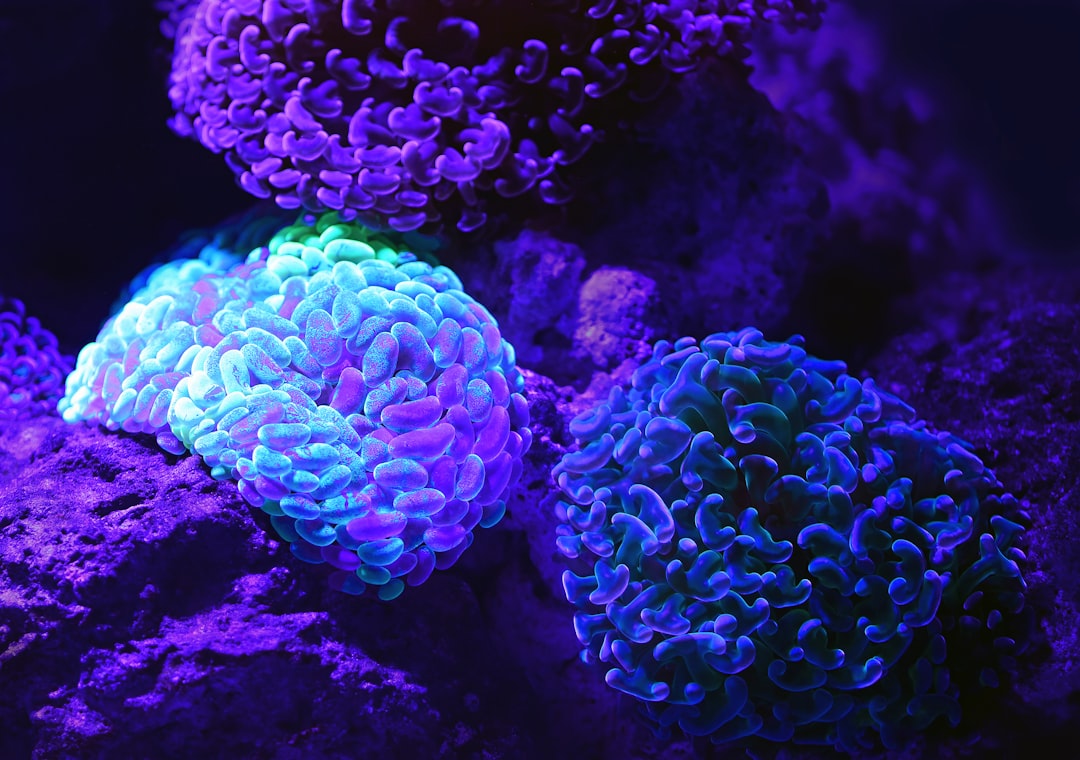What is it about?
Although it is widely believed that the DNA genomes change by accidents and random spontaneous mutations, that is not what biologists who study genome sequences and the mutational process have found. Living organisms have a broad range of biochemical systems they can use to alter their own DNA in characteristic ways, and these genome-change operators act in response to real-life conditions, such as nutrition, toxins,abiotic stresses, infection and other biological interactions. Thus, the genetic change process is more physiology than accident. When conditions are good, reproducing cells use multi-layered proofreading systems to reduce the frequency of accidental changes to their DNA from replication errors by a factor of 10,000 or more. When the genome has been damaged, cells can often restore the original DNA sequence. But when that kind of error-free repair is not possible, a variety of mutagenic repair systems are activated that produce altered but functional genome structures. Some mutagenic repair systems introduce minor changes to the genome sequence, but others can execute truly remarkable genome restructuring processes that introduce major novelties in expression and phenotype. In addition to mutagenic repair, all organisms have well-defined transposable DNA elements and specific proteins that can move them to new locations in the genome, where the inserted elements alter the regulation of expression of nearby DNA sequences. Transposable elements have been documented to rewire networks of coordinately expressed sequences in evolution of plants and animals. All this mutagenic potential means that genome change is not a passive and accidental affair but instead is an active cell-mediated response to challenges. We are used to thinking of the genome as a Read-Only (ROM) database, but the biochemical functions that allow organisms to change their genomes actively when evolutionary change is necessary tell us that the genome is in fact a Read-Write (RW) database, so that evolutionary transformations involve biologically-mediated reprogramming.
Featured Image
Read the Original
This page is a summary of: Physiology of the read-write genome, The Journal of Physiology, May 2014, Wiley,
DOI: 10.1113/jphysiol.2014.271130.
You can read the full text:
Contributors
The following have contributed to this page










